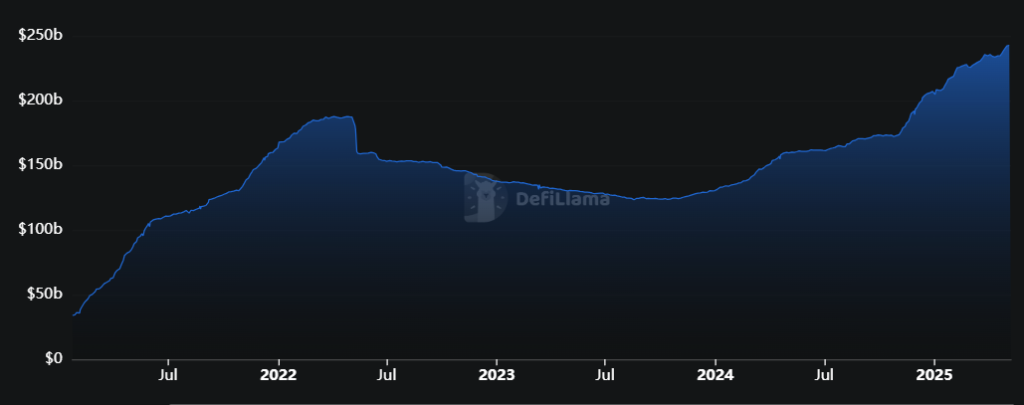Meta, the social media giant formerly known as Facebook, is reportedly delving into the world of stablecoins. While the exact purpose of this move remains unclear, it is speculated that the company is exploring stablecoins as a way to save on transaction fees.
According to a report from Fortune, Meta is in discussions with multiple cryptocurrency firms to incorporate stablecoins into its platform for managing payouts. These discussions are said to be in the early stages and have been ongoing since earlier this year.
The focus of Meta seems to be on the benefits that stablecoins offer compared to traditional fiat currencies. One of the key advantages being low-cost cross-border payments facilitated by stablecoins.
There are also rumors that Instagram, a subsidiary of Meta, could potentially leverage stablecoins for small payouts of up to $100 to creators worldwide. This move would help Meta cut down on transaction fees associated with traditional payment methods.
While it is unlikely that Meta will launch its own stablecoin, the company is said to be in a learning phase and may partner with multiple stablecoin providers. One of the key figures leading these discussions is Matt Cavin, the Senior Director of Business Development at Circle, a prominent cryptocurrency firm. Additionally, Ginger Baker, who joined Meta as a VP of Product earlier this year, is reportedly involved in the stablecoin initiative. Baker brings a wealth of experience in the crypto space, having previously worked at the Stellar Development Foundation and Ripple.
It is worth noting that Meta’s previous stablecoin project, Diem (formerly known as Libra), was officially abandoned in 2022 following regulatory challenges. Despite this setback, Meta seems determined to explore the potential of stablecoins for its platform.
Stablecoins have been gaining traction in the crypto space, with institutional interest on the rise. The total market capitalization of stablecoins currently stands at $242.805 billion, according to DeFiLlama, and is projected to grow significantly in the coming years.
Ethereum’s stablecoin market cap has reached $124.5 billion, solidifying its position as a key player in the stablecoin ecosystem. USDT remains the dominant stablecoin with a 62% market share, followed by USDC at 25%.
In the US, lawmakers are actively discussing stablecoin-related bills, but progress has been slow due to disagreements over crypto policy. Despite these challenges, major players in the payments industry like Mastercard and Visa are making strides in enabling stablecoin payments for merchants.
Overall, the rise of stablecoins signals a shift towards digital currency adoption, with companies like Meta exploring new avenues for incorporating stablecoins into their platforms. As the crypto landscape continues to evolve, stablecoins are poised to play a significant role in reshaping the future of finance.

